Mosquito Control Surveillance; One part of a big puzzle!

- Authored by Colby Colona
May 12, 2020
You’ve probably seen our trucks at night. Maybe you’ve even heard our plane flying overhead in the evening or our inspectors treating ditches during the day. But how are we determining where to make our treatments? Are we just randomly assigning areas for applications? What information are we basing our operational decisions on?
Tangipahoa Mosquito Abatement uses an Integrated Mosquito Management (IMM) strategy. This means we base our treatment plans on multiple components (you can read more about this approach here). One of these components is mosquito surveillance, which includes mosquito trapping and disease testing. This is an on-going process that tells us what species are present as well as population density. We also collect specific species to be tested for West Nile virus either in our lab or the Louisiana State University vet lab. So what exactly does “mosquito trapping” entail?
There are two main types of traps that we use in our operations. Though there are multiple types of traps available, these have historically worked well for us. Both types are set twice each week during our mosquito season (typically early March thorough mid-November but can vary).
How do you “catch” mosquitoes?
Gravid trap:
- Battery-powered, portable
- Consists of a tube containing a fan that is placed over a bucket
- Bait is fish emulsion
- Attracts mosquitoes that mainly breed in septic ditches (largely Culex quinquefasciatus the Southern House mosquito)
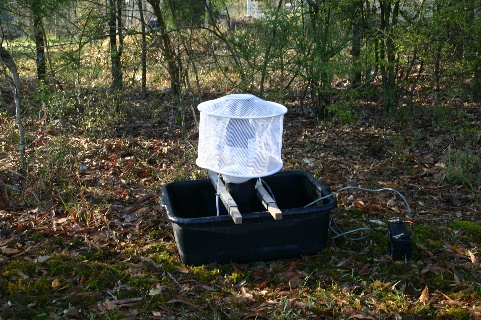
How it works:
The trap attracts female mosquitoes that have typically had a blood meal and are gravid (egg bearing). These mosquitoes are looking for a place to lay eggs and are attracted by the fish emulsion. As they fly over the bait, they are sucked into a net by the fan. The net is collected the following day and mosquitoes are identified and counted.
CDC light trap:
- Based on a CDC (Centers for Disease Control) designed CO2 (Carbon Dioxide) trap
- Battery-powered and portable
- Typically attracts more aggressive, nuisance mosquitoes
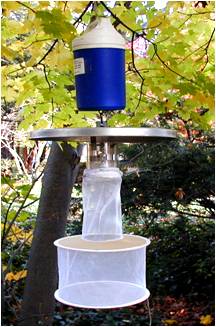
How it works:
A one-gallon cooler is filled with dry ice, and a battery-powered light and fan hang beneath the trap. As this dry ice sublimes, CO2 is released, which serves as an attractant for mosquitoes. As they approach, they are sucked into a net. The net is collected the following day and the mosquitoes are identified by species and counted.
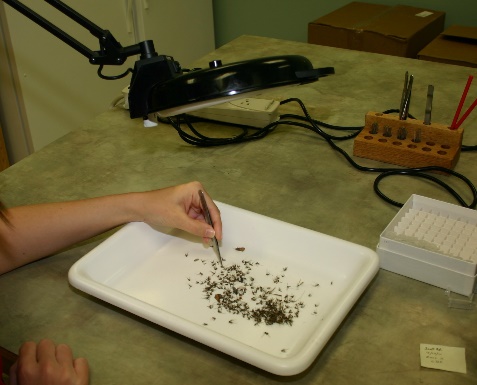
What happens if we can’t wait an entire night for mosquito numbers, like in the event of a major storm?
…Live bait?
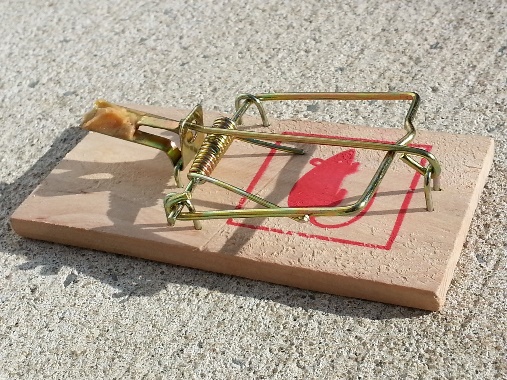
Yes, you read that correctly. When we need to know mosquito numbers quickly, our inspectors will use themselves as “bait.”
How it works:
- Stand in a wooded area (agitate the surrounding vegetation first)
- Record number and species of adults landing in a given period of time (usually one minute)
- May also count mosquitoes approaching, but not landing
- Do this three times and take the average
So what do you do with the mosquitoes after you catch them?
Disease Testing
- Adult female mosquitoes from traps are pooled into samples of 5-100 and sent to the Louisiana Veterinary Medical Diagnostic Laboratory.
- Tested for the presence of West Nile Virus, St. Louis Encephalitis (SLE), and Eastern Equine Encephalitis (EEE) antibodies
- Data collected from traps are also used to determine if an outbreak in specific mosquito species has occurred.
- In 2018, we implemented protocol for loop-mediated isothermal amplification (LAMP) testing in our laboratory. Learn more about this testing here
- Allows us to test for West Nile virus in-house in addition to what we send to LSU
- Gives greater insight into where treatment is needed
- Allows us to be more proactive than reactive-we can treat an area BEFORE West Nile becomes a huge problem
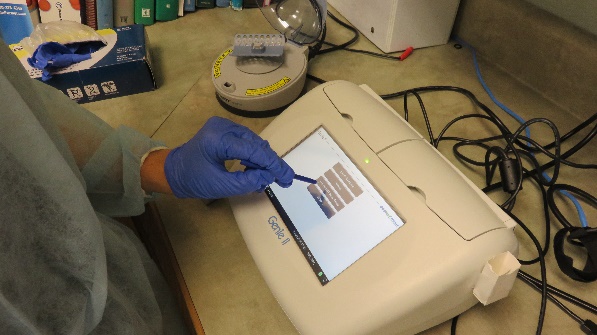
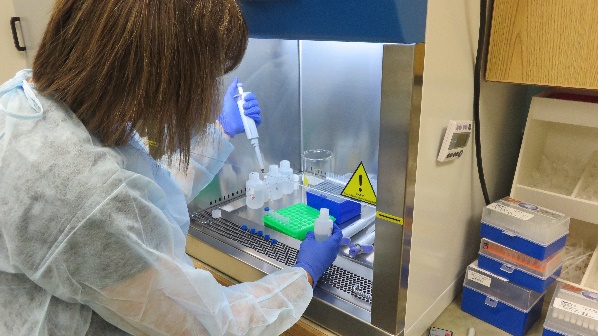
These strategies are one part of a multi-faceted effort to control the mosquitoes in our area. Stay tuned for more pieces that make up our “mosquito control puzzle!”

5210